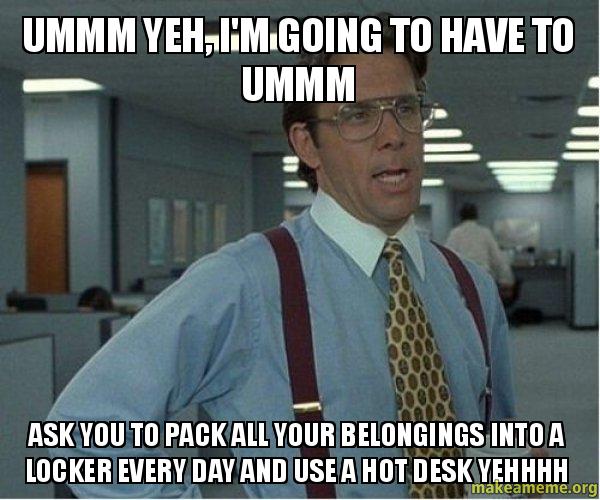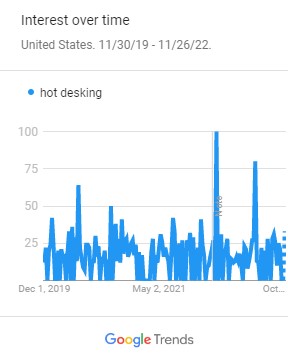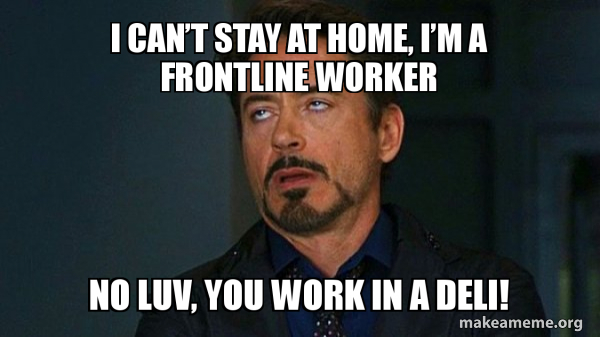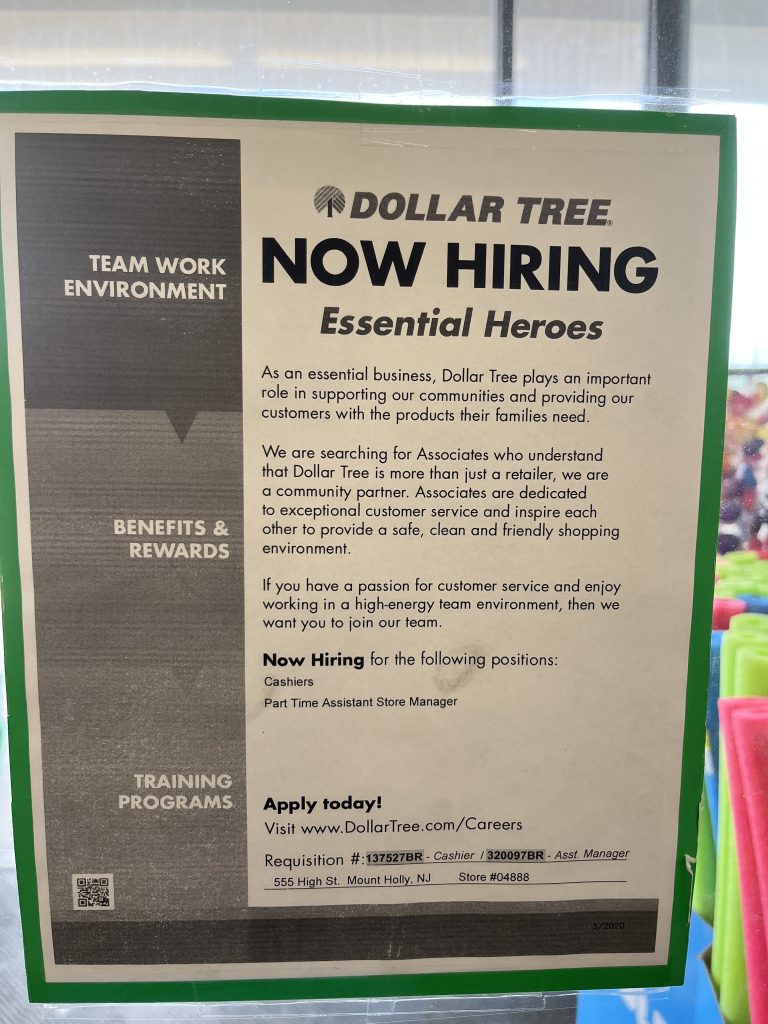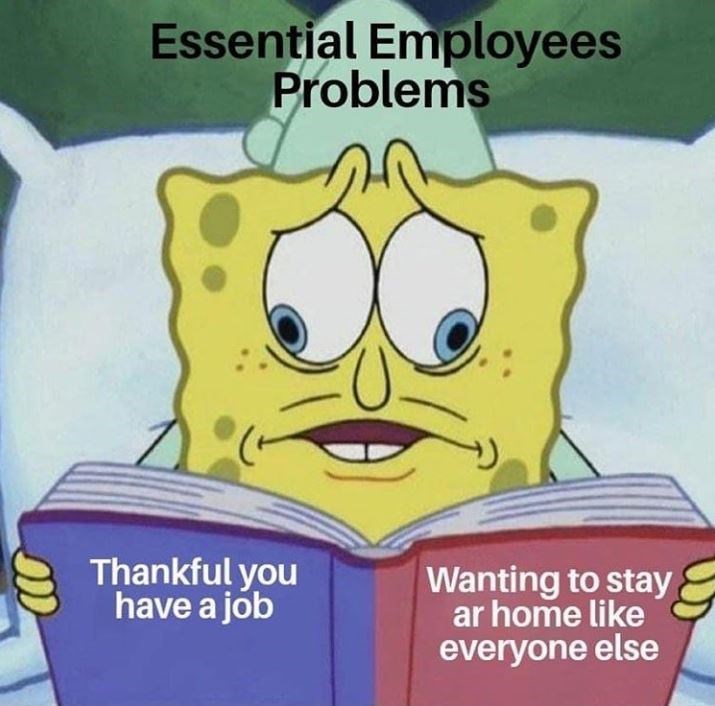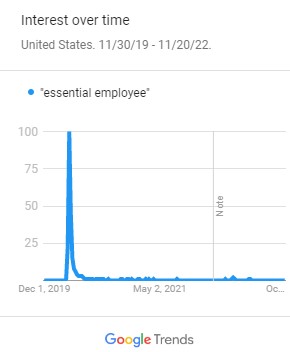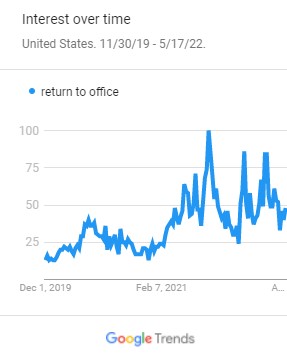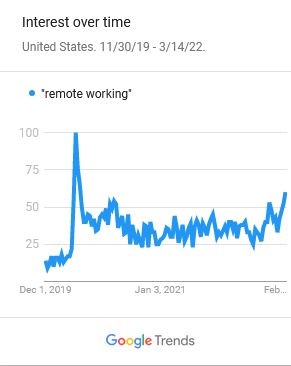“Quiet quitting” was declared the phrase of 2022 according to an article published for Morning Brew which said the phrase “simply means not going above and beyond at work, or performing the responsibilities laid out in your job description and nothing more” (Merritt).
I included the phrase in the Covid Lexicon as it went viral in August that year after TikTok creator Zaiad Khan shared a video about “quiet quitting” where he says “you’re not outright quitting your job, but you’re quitting the idea of going above and beyond.” You can watch the video here and below.
Why did the phrase have so much impact in 2022? The article mentioned above answers that question:
After two years in a global pandemic, constant rumors of an upcoming recession, and yogurt costing more than it ever has, it makes sense that people might be rejecting “hustle culture” and are now just a little less focused on replying to emails.
Merritt
An article that appeared on CBS News said that quiet quitting is “partly a byproduct of the COVID-19 pandemic, when millions of workers lost their jobs as the disease shuttered the economy. Although most have found new jobs or been rehired, the nation’s workforce remains smaller than prior to the health crisis. That is putting more strain on existing employees, who are often asked to do more for the same pay” (Picchi).
The Roundtable YouTube channel recently uploaded a discussion about the concept of quiet quitting and how TikTok creator Zaidleppelin made the phrase go viral in 2022. You can watch it below or here.

Social Media Trends as of February 12, 2023
Facebook #quietquitting: people are posting about this
Instagram #quietquitting: 18,064 posts
TikTok #quietquitting: 454,100,000 views
YouTube #quietquitting: 1,900 videos and 1,110 channels
Google Trends: “quiet quitting” first appeared during the first week of July 2022 when TikTok creator Zaidleppelin introduced the concept of Quiet Quitting that quickly went viral. According to a survey conducted by YorkTest, searches on Google for the phrase increased by 18,000% the following month which you can see in the chart below (Open Access Government).
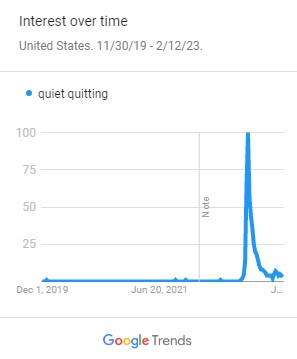
Sources:
desperate_meme_2. “Invented ‘Quiet quitting’ before it was cool” meme. iFunny. August 31, 2022. URL: https://br.ifunny.co/picture/invented-quiet-quitting-befor-it-was-cool-UwuTyoxp9.
Elly | Corporate Millennial. “DAILY WFH RECAP.” TikTok. May 19, 2022. URL: https://www.tiktok.com/@1corporatemillennial/video/7099570805096320298?lang=en.
Merritt, Matty. “2022 Phrase of the Year: ;Quiet quitting.’” Morning Brew. December 20, 2022. URL: https://www.morningbrew.com/daily/stories/phrase-of-the-year-quiet-quitting.
Picchi, Aimee. “‘Quiet quitting’: A revolution in how we work or the end of working hard?” CBS News. August 24, 2022. URL: https://www.cbsnews.com/news/what-is-quiet-quitting/.
Roundtable YouTube channel. “Was 2022 the year of quiet quitting?” YouTube. 17 January 2023. URL: https://www.youtube.com/watch?v=yZ1RFQQS21M.
“What is “quiet quitting” and how is burnout affecting the UK?.” Open Access Government.. October 21, 2022. URL: https://www.openaccessgovernment.org/what-is-quiet-quitting-and-how-is-burnout-affecting-the-uk/146339/.
zaidleppelin. “On quiet quitting.” TikTok. July 25, 2022. URL: https://www.tiktok.com/@zaidleppelin/video/7124414185282391342?lang=en.


